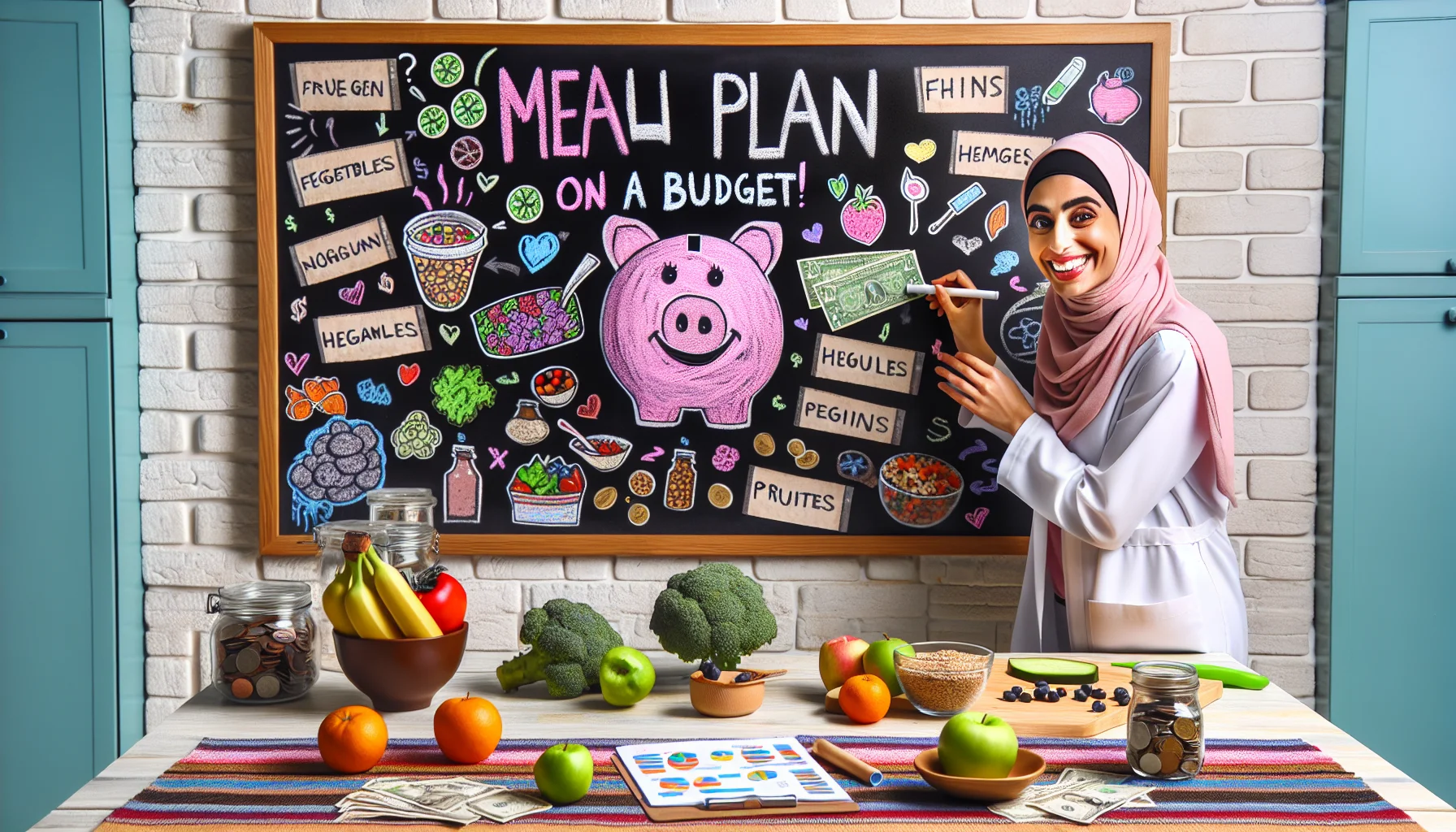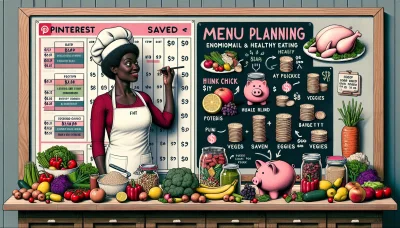Essential Menu Planning Tips Quiz
Test Your Knowledge
Question of
Essential Menu Planning Tips for Healthy Eating
Menu planning plays a pivotal role in maintaining a healthy diet. It involves selecting a variety of nutritious foods for meals throughout the week, which can help ensure a balanced intake of essential nutrients. Effective menu planning not only aids in weight management by preventing overeating and impulse snacking but also reduces mealtime stress and saves time and money. By thoughtfully choosing ingredients and recipes, individuals can cater to dietary needs and preferences, making it easier to stick to a healthy eating plan. Incorporating menu planning into your routine is a proactive step towards achieving and sustaining overall wellness.
Understanding Your Nutritional Needs
Identifying personal nutritional requirements is a critical foundational step in menu planning. Everyone's body is unique, and understanding what your body needs is key to achieving optimal health. This involves considering factors such as age, gender, weight, height, and level of physical activity. Additionally, any existing health conditions or dietary restrictions should be taken into account. By assessing these elements, you can tailor your diet to support your overall health goals, whether it's weight management, muscle gain, or simply maintaining a balanced diet.
How to Incorporate Variety into Your Meals
- Explore International Cuisines: Dive into recipes from around the world to introduce new spices, ingredients, and cooking methods to your meals.
- Plan Your Meals Weekly: Allocate each day of the week to a different protein source or cuisine type to ensure variety.
- Seasonal Eating: Base your meals on what fruits and vegetables are in season to naturally diversify your diet and enjoy fresher, tastier food.
- Try One New Recipe Each Week: Challenge yourself to cook with an ingredient you’ve never used before or try a new recipe to keep things interesting.
- Colorful Plates: Aim for meals that include a variety of colors from fruits and vegetables to ensure a range of nutrients.
- Swap Ingredients: In your favorite recipes, try swapping out one or two ingredients for something similar but different to subtly introduce new flavors and textures.
- Vegetarian Days: Even if you're not a vegetarian, having a vegetarian day once a week can introduce you to a range of plant-based foods and recipes.
- Local and Artisan Foods: Support local farmers and artisans by buying their products. It’s a great way to discover unique ingredients that aren’t available in regular stores.
The Role of Seasonal Produce in Menu Planning
Incorporating seasonal fruits and vegetables into your meal planning not only enhances the flavor and nutritional value of your dishes but also supports local farming and reduces the environmental impact associated with long-distance transportation. Seasonal produce tends to be fresher, tastier, and more affordable, offering a variety of options throughout the year to keep your meals diverse and interesting. By choosing seasonal ingredients, you can enjoy the peak flavor of fresh produce while also contributing to a more sustainable and eco-friendly food system.
Planning Your Meals Around Your Schedule
Organizing your meals according to your daily routine can be a game-changer for maintaining a balanced diet amidst a busy schedule. Start by assessing your weekly activities and identifying the times you're most likely to be free for a meal. For those with unpredictable schedules, preparing meals in advance can ensure you always have a healthy option on hand. Opt for versatile ingredients that can be mixed and matched to keep things interesting. Don't forget to include snacks that are high in protein and fiber to keep you energized throughout the day. Lastly, hydration plays a crucial role in your overall health, so carrying a water bottle with you can help you stay on top of your water intake no matter where your day takes you.
Budget-Friendly Menu Planning Tips
- Plan your meals around sales and seasonal produce.
- Buy in bulk and divide into portions to save money in the long run.
- Make a shopping list and stick to it to avoid impulse buys.
- Use leftovers creatively to minimize waste and stretch your food budget.
- Prep meals in advance to save time and avoid the temptation of eating out.
- Incorporate more plant-based meals, as they can be less expensive and healthy.
- Compare prices and shop at discount grocers for the best deals.
- Grow your own herbs and vegetables if possible to save money and enhance flavors.
Tracking Your Progress and Adjusting Your Plan
| Week | Dietary Goal | Actual Intake | Variation | Action |
|---|---|---|---|---|
| 1 | Reduce sugar intake by half | Reduced by 30% | -20% | Identify hidden sugars in diet |
| 2 | Increase vegetable intake by 2 servings/day | Increased by 1 serving/day | -1 serving | Add vegetables to breakfast or snacks |
| 3 | Reduce processed foods by 75% | Reduced by 50% | -25% | Plan meals and cook in bulk to avoid convenience foods |
| 4 | Drink 8 glasses of water daily | Drinking 6 glasses/day | -2 glasses | Carry a water bottle and set reminders |












